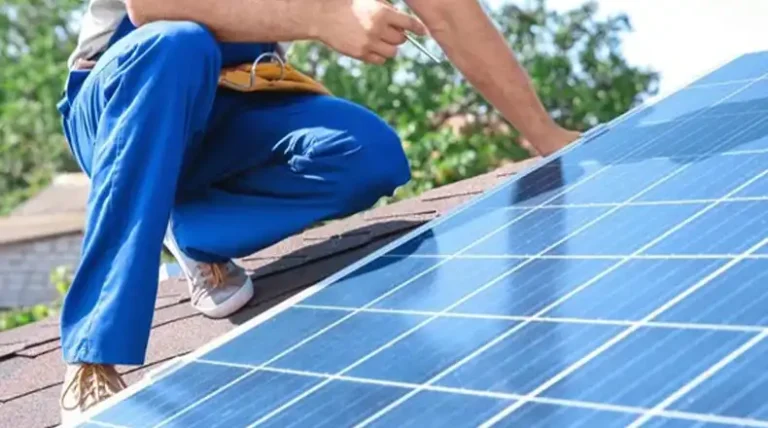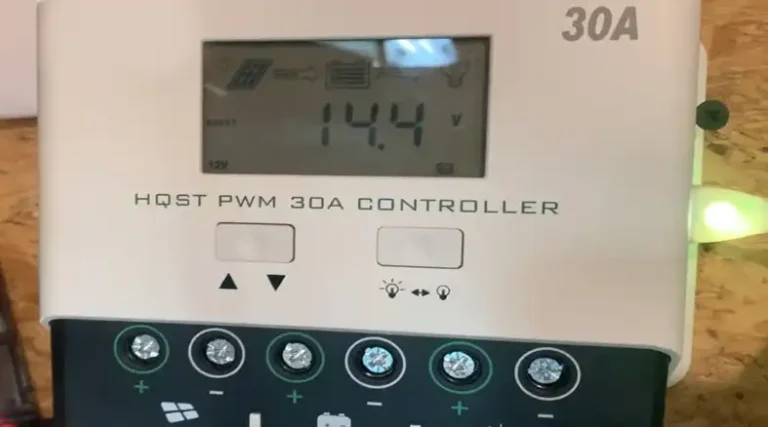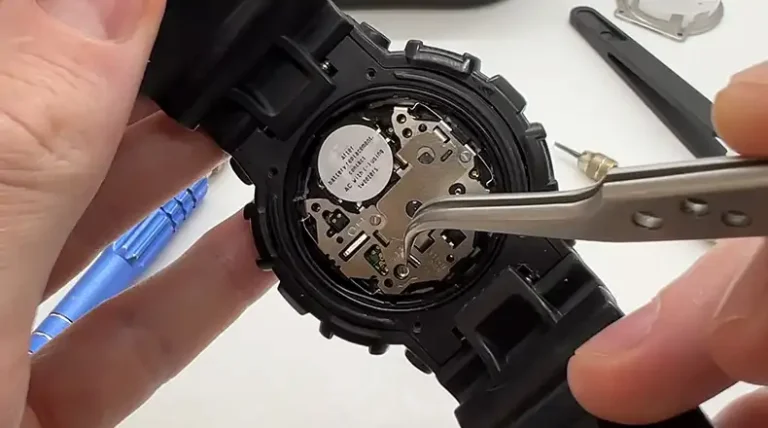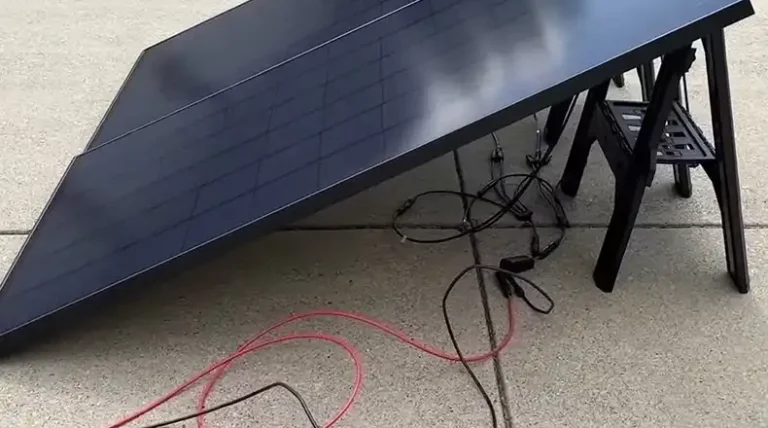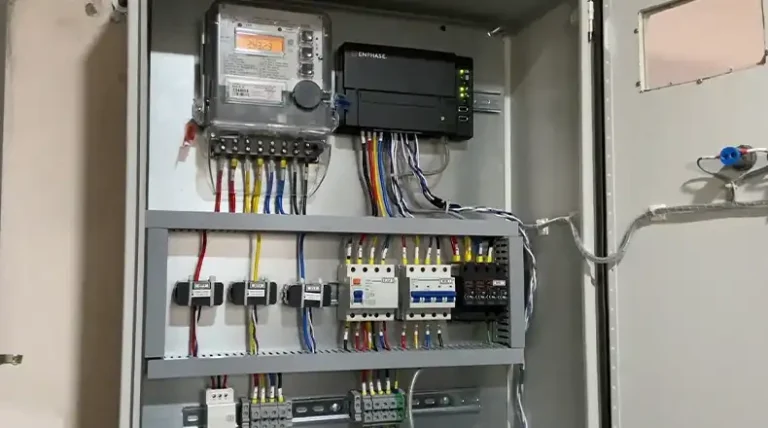Grid-Tied Solar System with Battery Backup Diagram
In today’s world, where energy independence and environmental consciousness are gaining traction, grid-tied solar systems with battery backup are becoming increasingly popular. These systems allow homeowners to generate their own clean energy, utilize grid power when needed, and enjoy backup power during outages.
Below, I will discuss what a grid-tied system is, how it works, along with a typical diagram. Later on I will lightly touch on how the installation should be like. So, read on.
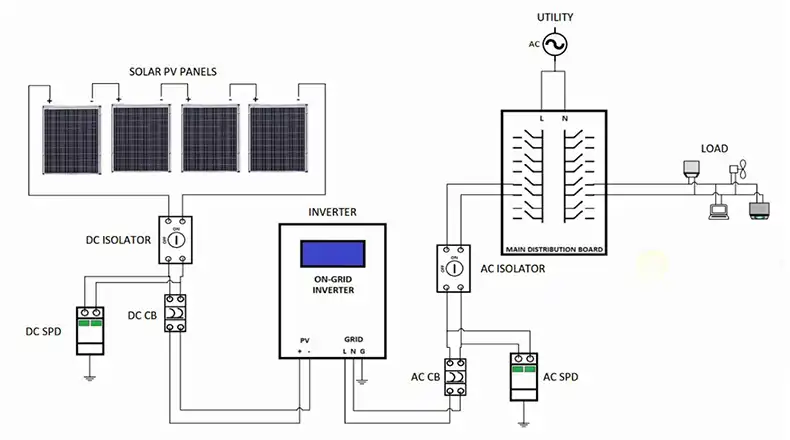
What Are Grid-Tied Solar Systems?
A grid-tied solar system refers to solar panels that are connected to the utility grid. This allows households to generate their own electricity from sunlight and send any excess power to the grid. This can reduce electricity costs significantly.
The main limitation of grid-tied systems is that they shut down when the power grid goes down. So your solar system will be useless during grid outages unless you have a backup option. This is where battery backups come in handy.
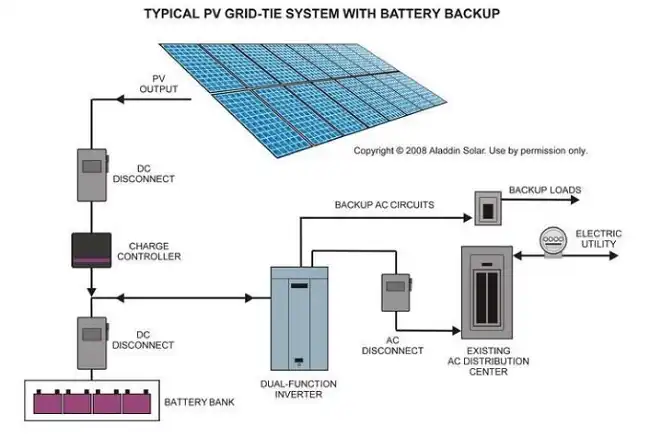
By adding batteries, your solar system can provide critical loads backup and even full home backup during power outages. The batteries store excess electricity for usage when solar panels are not generating at night or in bad weather. They also absorb grid power and solar power to recharge. So with the right setup and capacity, a solar system with integrated batteries can provide independence from the grid when needed.
Components of a Grid-Tied Solar System with Battery Backup
Solar Panels
Solar panels generate DC electricity whenever sunlight is available. High-efficiency monocrystalline panels are typically used. The number of panels depends on your energy usage.
Inverters
The inverter converts DC current into AC current that is compatible with home appliances and the electrical grid. An inverter capable of battery integration is required.
Net Meter
Net meter logs the electricity flow in both directions – to and from the grid. It spins backward when feeding power to the grid.
Batteries
Batteries like lithium iron phosphate (Lifepo4) connected via a battery inverter/charger can store energy for use during outages. Automated transfer switch routes power flow appropriately.
Other Components
Wiring, disconnects, combiner boxes, conduit, and other balance of system components tie everything together safely.
How the System Works
On normal sunny days, the solar panels generate electricity to power your home’s needs. Excess energy gets stored in the batteries or fed back into the grid, running your meter backward.
At night or during cloudy periods when solar can’t keep up with usage, the home pulls stored energy from the batteries. If the batteries deplete, power is pulled automatically from the grid.
During a grid failure, the transfer switch isolates the solar system and home loads from the utility lines. The battery bank provides seamless backup power to your critical loads or the whole house depending on capacity. It continues recharging from solar output when available.
System Sizing for Installation
The solar array size depends on your location, roof space, and annual consumption. For a typical house, a 5kW to 10kW system is common. Battery capacity depends on critical load requirements and desired backup duration. Typically 10kWh to 30kWh is suitable for most homes. An experienced installer performs proper load calculations and sizes components accordingly.
Lead-Acid vs Lithium-Ion Batteries
The most common battery options for home solar backup are lead-acid and lithium-ion batteries. Lead-acid batteries are cheaper upfront, but have shorter lifespans and require more maintenance. Lithium-ion batteries are lighter, more efficient, longer-lasting and require less maintenance, but have a higher upfront cost.
When properly maintained, premium lithium batteries can last 10-15 years or longer – making them usually the better lifetime investment for solar systems. Lithium iron phosphate (LiFePO4 or LFP) chemistry is the safest lithium option.
Installation and Configuration
Permits
Installing a solar system with batteries requires several permits – construction, electrical, renewable energy interconnection, etc. Reputable professional installers handle permitting for you. Permits ensure code compliance and safety.
Typical Installation Steps
The physical installation process typically involves laying conduit, mounting equipment securely, running heavy cabling between components, integrating batteries, programming inverters and charge controllers, connecting to electrical panels and utility meters, testing connections and commissioning the system.
Connecting to the Electric Grid
Final approval from the utility company is required before connecting your solar system to the electrical grid. Terms of interconnection must be established and net metering enabled if selling back to the grid. This bureaucratic process can take weeks or longer.
Operating and Maintaining the System
Monitoring and Metering
Your solar system should include metering hardware to track energy production versus consumption. Internet-connected monitoring provides insights on performance. Keep records of monthly electricity bills to compare costs over time.
Battery Maintenance
Batteries require minimal maintenance when operated properly. However, periodic inspection, software/firmware updates, cleaning, tightening connections and checking charger logs is prudent. Have batteries load tested every 2-3 years.
Safety Systems and Shutdowns
Advanced solar battery systems monitor voltage, current and temperature continuously. Automatic protection shutoffs prevent damage if thresholds exceed safe operating range. Know how to manually activate shutdown switches in emergency.
How Much Does it Cost for Grid-Tied Solar System
System Cost Breakdown
A typical residential solar system with battery backup costs $25,000 to $35,000 depending on size, components and complexity. Around 30% of total costs go toward permitting, labor and installation services. Solar panels account for another 30%. Batteries typically represent 30-40% of total system costs. The remaining 10-15% covers inverters, wiring, racking, monitoring and other balance of system expenses. Many factors influence overall system pricing.
Solar Incentives and Rebates
There are often substantial financial incentives available to homeowners who install solar systems, including: federal solar tax credits, state/local rebates, utility renewable energy programs and solar renewable energy certificate (SREC) compensation. Reputable installers help navigate the cumbersome incentive application process. Incentives can reduce effective out-of-pocket costs by 50% or more!

